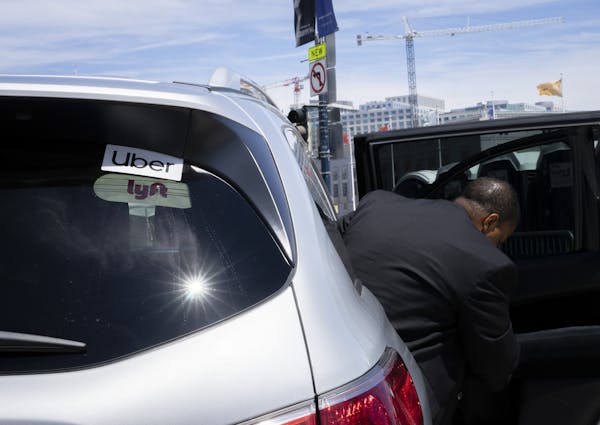During the papal conclave in the Sistine Chapel, progress will be measured in black and white — the colors of the smoke that will emerge from a copper flue jutting from the chapel roof after the voting. But just how those colors are created is a bit of a mystery.
Vatican officials closed the chapel last week for preparations, including installation of the flue and two gray stoves that connect to it. One of the stoves, built in 1938 and bullet shaped, is used to burn the paper ballots. The second, built in 2005, is used to create the proper smoke — white if a pope has been elected, black if not.
Traditionally, after an unsuccessful vote, officials would add damp straw to the ballots to make sooty black smoke. But confusion during the 1958 conclave, when there were several false alarms, led the Vatican to find a more foolproof system using chemicals. In 2005, officials started using cartridges, including one marked "fumo bianco" that created the white smoke announcing the election of Benedict XVI. The cartridge was meant to produce smoke for 6½ minutes.
Even so, there was some confusion that year about whether black or white smoke poured from the flue, and bells were rung at St. Peter's Basilica to confirm the election. The Vatican will ring bells again this year, as a reinforcement. As to what chemicals the cartridges contain, a Vatican spokesman, the Rev. Thomas Rosica, said only that the product was prepared by technicians "from several different elements."
NEW YORK TIMES
